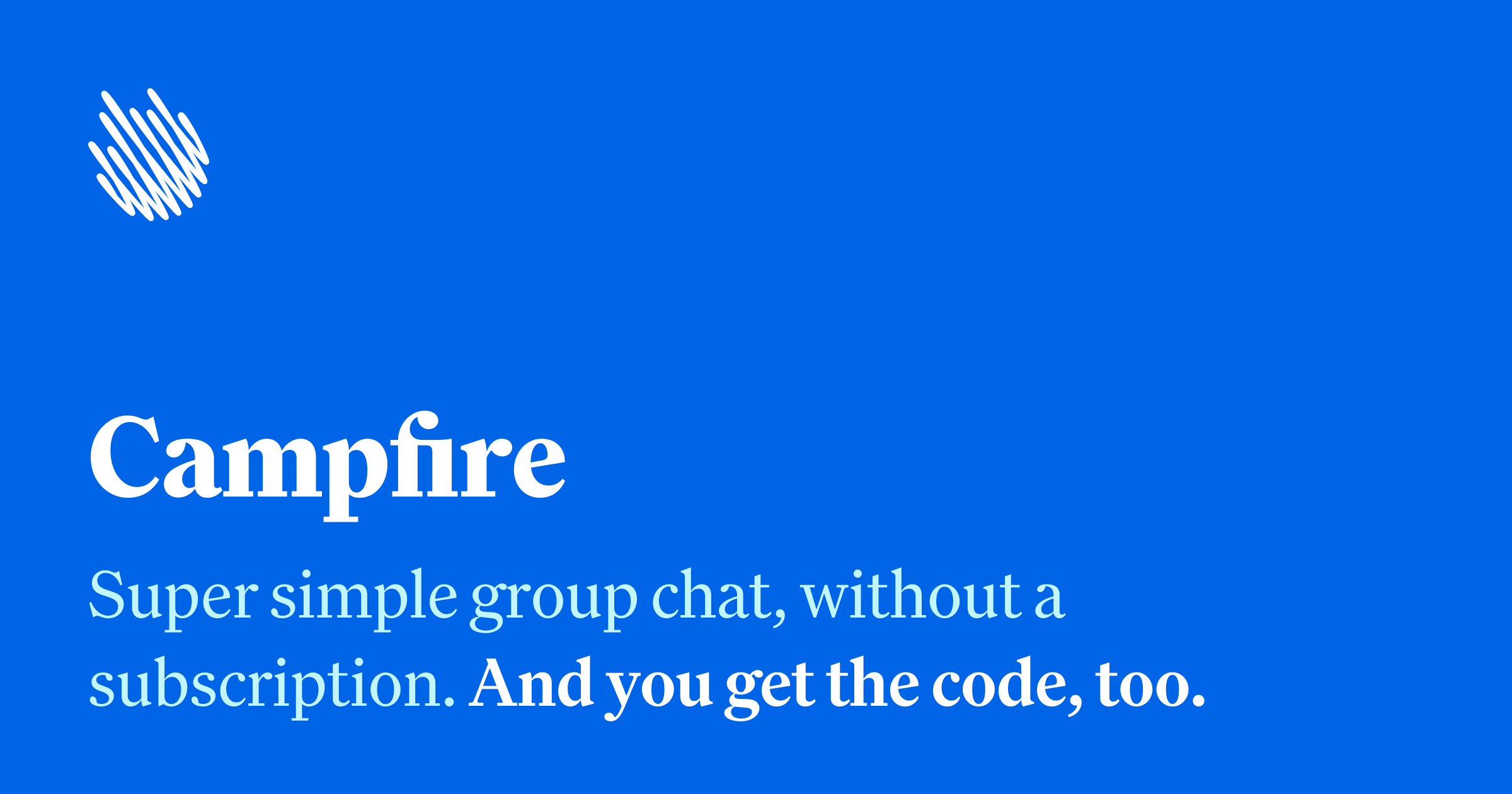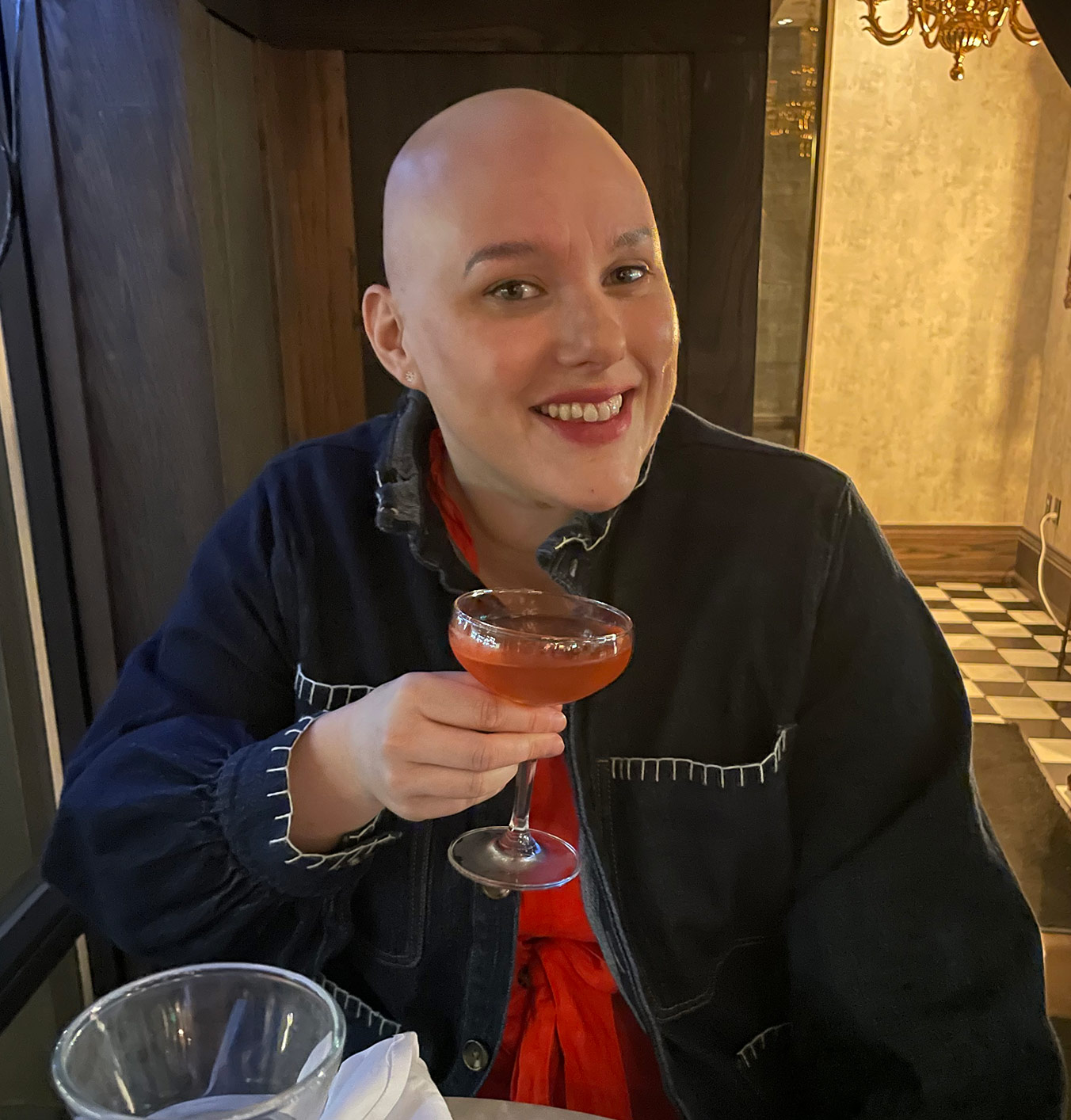- COMMUNITY COACH
- Posts
- Grow your community by collaborating more
Grow your community by collaborating more
Plus a group chat tool simpler than Slack/Teams/Whatsapp/Telegram, gamifying learning and how to build your own community team

Welcome to the Community Coach newsletter, a value packed read
for community builders still recovering from the Community Led Summit hosted in London (and online) this week.
📚 Community 101: Grow your community by collaborating with others
🤖 Campfire: a simpler group chat tool than Slack/Teams with no subscription
🎱 AI: Gamify learning in your community with Claude
🔥 Inspiring community builder: Flashpack collaborations are 🔥
👋 Answering your questions: “I need to build a community team. Where do I start?”
Community 101: Growth through collaboration
Collaborating with other communities is a fantastic way to boost your own community's growth and visibility. Make sure you partner with communities that share similar values and missions - you want to make sure you’re aligned.
Here’s why teaming up with others can help your community:
Get Access to New Resources: Partnering with other communities means you can tap into resources you might not have on your own. This could be anything from access to their own marketing teams (hello professional graphic designers and content creators?!), expertise from their own community teams, or technology (they may have access to tools/platforms that you have been interested in experimenting with or learning more about).
Boost Your Visibility: When you team up with another community, you get to reach new audiences via their own network. By collaborating you can increasing your visibility (from the goals you have to values you stand for) and potentially attract new members who align with your own community (and this also works vice versa). It’s a win-win for both communities.
Share Knowledge and Innovate: Collaborations often lead to an exchange of ideas and best practices. I’ve seen this happen many times - outside voices can bring fresh approaches that your community needs. Learning from others brings new perspectives and can improve everything from how you add more value to your community to even how you manage members.
Build Credibility: Partnering with reputable communities boosts your own community’s credibility. When potential members see you collaborating with well-known partners, it shows that your community is trustworthy and valuable, making it easier to attract and retain members.
Grow Together: Collaborations create a support system where both communities benefit and grow. You’re not alone in your efforts and can rely on your partners for support and collaboration. Building communities is not easy and it’s definitely a more rewarding process when doing it with others in a similar position to you.
If you’re looking for an example of how this is done, check out how Flashpack teamed up with Relightalopecia.
Campfire: Super simple group chat tool
If you’re looking for a better option then Whatsapp, Telegram, Slack and Discord for your group chat needs, then you want to check out Campfire.

Campfire screenshot: works on mobile as an app too
On the right hand menu you have the ability to create different chat rooms within the group, with the left side being the group chat. It’s really simple to invite new members (you generate a link and can also create a QR code to scan) and everything is really intuitive. Works on mobile too (via an app).

The Pros: simple UX, stunning UI for members, the tool works very well if you need group chat funcationality (easy invites, create rooms, @mentions, DMs etc). Works on web and mobile. You can customize the tool further however you like, you own your own data
The Cons: If you’re not tech savvy I’d recommend you either hire someone to help or you avoid this tool - as you do need to be able to install this onto your own server (they provide an 8 minute install guide however).
What I really like about their tool is that you own it once you buy it.
There’s no subscription, it’s a one off payment of $300.
They have a few great videos on their website if you’re interested:
AI: Gamify learning in your community with Claude
Watch this Tiktok video to learn how to gamify learning using Claude AI - it’s easier than you think!
@techfren gamify learning with claude #chatgpt #bacteria #claude #anthropic #learning
Inspiring community builder
Flashpack collaborated with Relightalopecia

Flashpack is on a mission to create 1 million meaningful friendships worldwide by connecting solo travelers.
They very much focus on building communities offline by organising trips for solo travellers. They could do a lot more with further developing their community beyond these IRL trips, but what I want to focus on is the way they collaborate with other communities that have similar values.
They saw a great opportunity to collaborate with Relightalopecia, a community supporting people dealing with hair loss. This partnership made perfect sense because both communities are all about building strong, supportive relationships.

Flashpack featured Relightalopecia in their Flashpack magazine, a publication that shares stories and experiences from their members.
How did this collaboration come about?
The common thread was actually a member of BOTH communities.
Recognising other communities that your members are a part of (or head up themselves) and offering to collaborate is actually a superhero trick.
In this case, the member was Laura Mathias - a Flash Pack ambassador and the face behind Relightalopecia. Laura is also a content creator and visible difference campaigner.

Laura Mathias, a Flash Pack Ambassador
This spotlight not only gave Relightalopecia more visibility but also introduced Flashpack’s audience to a supportive group they might not have known about. It was a great way for both communities to connect and support each other.

The collaboration is a win-win. Flashpack helped its members find a new supportive network, and Relightalopecia gained exposure to a wider audience. This kind of partnership can really help both communities grow, attract new members, and create meaningful connections.
As a member, Laura would feel more supported by Flashpack who has shown they care about something that is important to her. Actions like these increase member loyalty over time.
So, if you’re looking to grow your community, consider reaching out to like-minded communities or organisations.
By working together, you can share resources, knowledge, and audiences, building stronger communities together as a result.
Answering your questions

?
“How do I build out a community team?”
Often I see founders and senior executives stating they need to hire a community manager or build a team but unsure where to even start.
Here are some guidelines I’d recommend following when looking to build a community team for your business or company:
1. Define Your Community Goals
Identify Objectives: Determine what you want to achieve with your community. Goals could include providing customer support, increased brand loyalty, improve customer retention etc.
Align with Business Goals: Ensure that your community goals align with your overall business objectives. Building a community is a long term game so you need to ensure it aligns with KPI’s that actually matter.
Be as specific as possible (it shouldn’t be to “increase membership to 50K members”.
2. Determine the Roles You Need
To achieve the goals above you’ll need to figure out who needs to do what. There are also many different configurations depending on your budget and resource constraints, but here are some popular roles that create a community team:
Community Manager: This person develops the community strategy (along with senior execs/founders to ensure they align with business goals), oversees the community (everything from onboarding, content creation, engagement strategy) and generally ensures that the community remains active and healthy.
Moderator(s): Ensures that community guidelines are followed and handles any conflicts or issues that arise. Required when the community is very active and it is not viable for a community manager to manage alone (requires support).
Content Creator(s): Supports community managers (this is not to replace them) with any content requirements that align with content and engagement strategies for the community. This headcount could be shared with the marketing team if required.
Community Consultant/Mentor: If you only have the budget to hire a less experienced community manager, I’d highly recommend having a consultant or more experienced community manager provide some guidance on community strategy, how to setup the community and help answer any questions/issues your community manager will invariably face.
Other roles in community teams could include: community advocates, technical specialists, event co-ordinators, partnerships managers, community analyst, onboarding specialist etc
3. Recruit the Right People
There’s a lot I could say around this stage but here’s some quick tips:
Pay attention to wording: look at other community role job postings first before writing your own
Make sure you don’t confuse marketing and community: so many roles say they are looking for community specialists but then the role description reads as a social media manager. Know the difference so you can reach the best candidates (talented community professionals can easily be turned off by job descriptions that show they don’t know what community building is actually about)
Share your company’s mission, goals and how the community will fit into these: this shows you understand the big picture and how community will play a part in achieving this
Cultural Fit: Ensure that the team members align with your company’s culture and values.
Got a question for me? DM me on Twitter and ask away. Your question may be answered in a future newsletter (and I’ll reply to everyone who asks).
Until next time,
Carmen
Community Coach



Reply